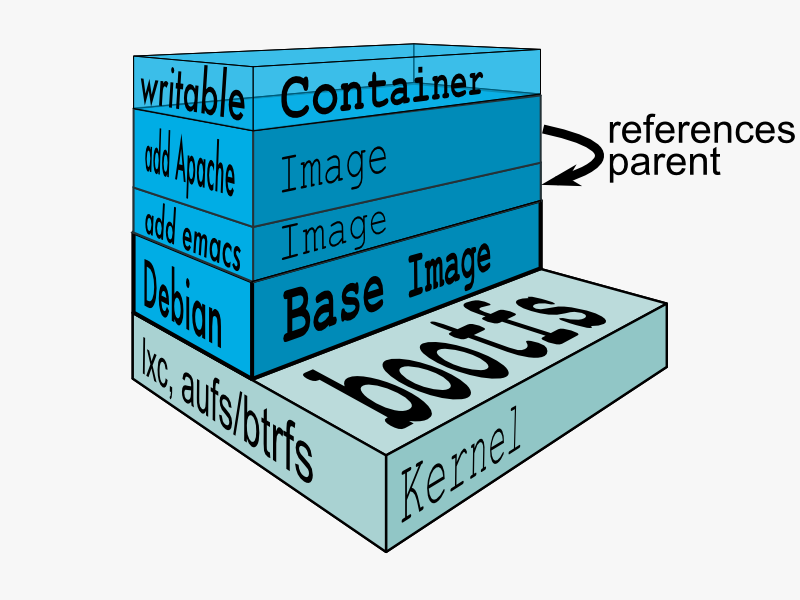Layers
发布于 2015-09-10 16:22:11 | 253 次阅读 | 评论: 0 | 来源: 网络整理
In a traditional Linux boot, the kernel first mounts the root File System as read-only, checks its integrity, and then switches the whole rootfs volume to read-write mode.
Layer¶
When Docker mounts the rootfs, it starts read-only, as in a traditional Linux boot, but then, instead of changing the file system to read-write mode, it takes advantage of a union mount to add a read-write file system over the read-only file system. In fact there may be multiple read-only file systems stacked on top of each other. We think of each one of these file systems as a layer.

At first, the top read-write layer has nothing in it, but any time a process creates a file, this happens in the top layer. And if something needs to update an existing file in a lower layer, then the file gets copied to the upper layer and changes go into the copy. The version of the file on the lower layer cannot be seen by the applications anymore, but it is there, unchanged.
Union File System¶
We call the union of the read-write layer and all the read-only layers a union file system.